Meteor doesn't really "integrate" the front (client) and backend (server) as you describe. It still maintains them as two separate layers. The beauty of meteor (aside from the insanely awesome reactivity) is that it uses Javascript everywhere, instead of using JS on the client and some other language on the server, so you can use the same APIs on both the front and backend. Although Meteor does snazzy things like let you write client and server code in the same file, it still requires you to distinguish between the two, and server code is still stored only on the server and client-side code is still served down to the client.
Meteor is still young, but the developers and community are very active, and everything you described can be achieved with it at this point. I've been working with Meteor for about 6 months now, and it hasn't let me down yet. I'm working on a production-level application that also requires exposing a REST API for consumption in mobile apps, which I'm doing quite successfully with Meteor (I just updated a user profile using a REST endpoint from an Android device and watched it change in the Meteor app in realtime. So cool!).
I was using this great package, RestStop2, for building REST APIs in meteor, but it was unfortunately deprecated, so I released an updated version. Check it out for an example of building REST APIs in Meteor. It's available through the Meteor package manager: https://atmospherejs.com/nimble/restivus
So to answer your question, you always want to separate the REST API into it's own layer, but that is entirely possible with Meteor. To make it clear, you would never consume this REST API from within your Meteor app. Meteor uses DDP (not HTTP), which gives you a much more direct connection with your server, so you're doing something wrong if you're accessing data on your Meteor server from a Meteor client via HTTP. Of course, with Meteor, you have the advantage of being able to use existing code from your REST API.
There's a really good write-up that explains some of the considerations of writing a REST API in Meteor: http://www.meteorpedia.com/read/REST_API.
